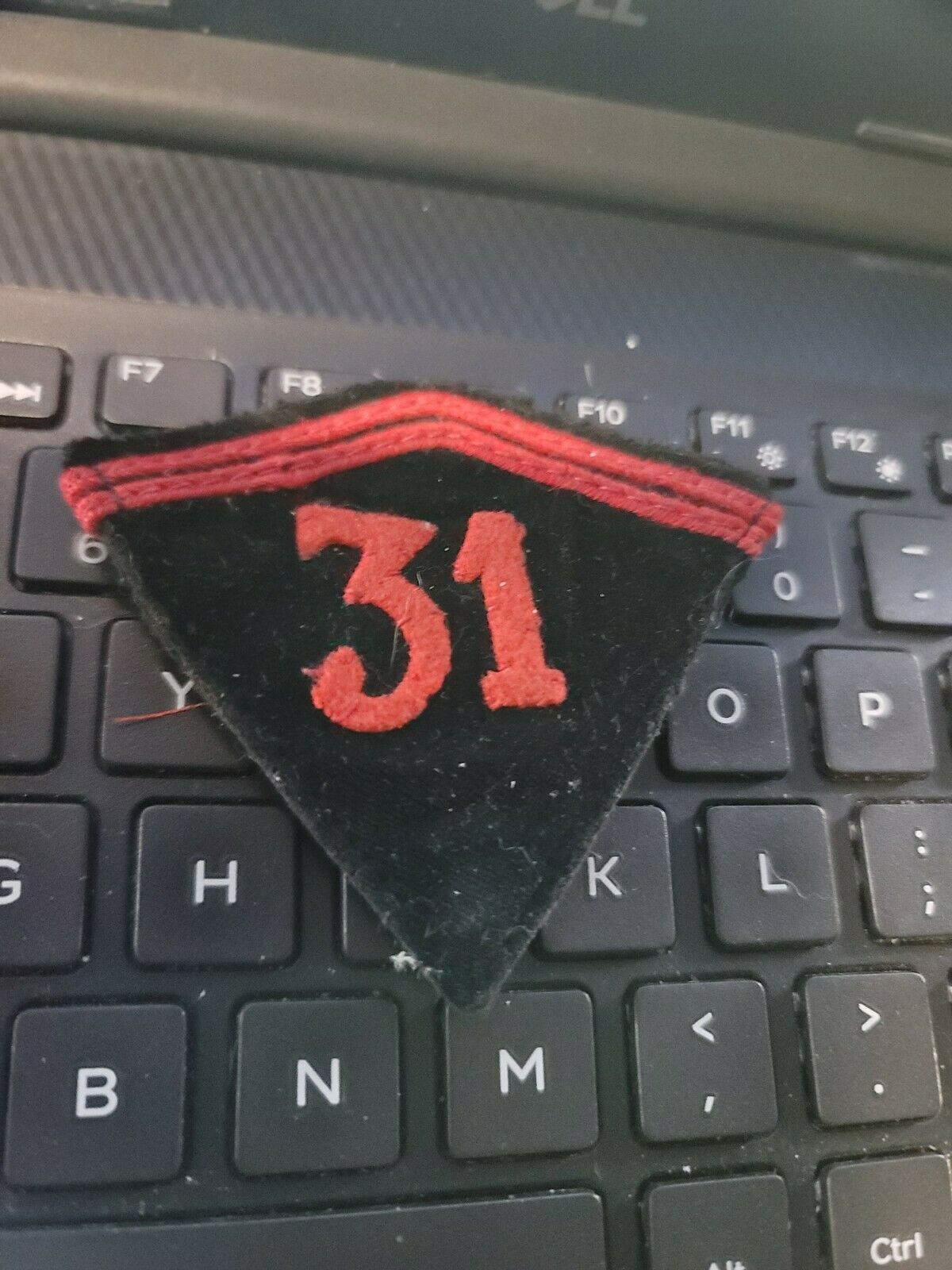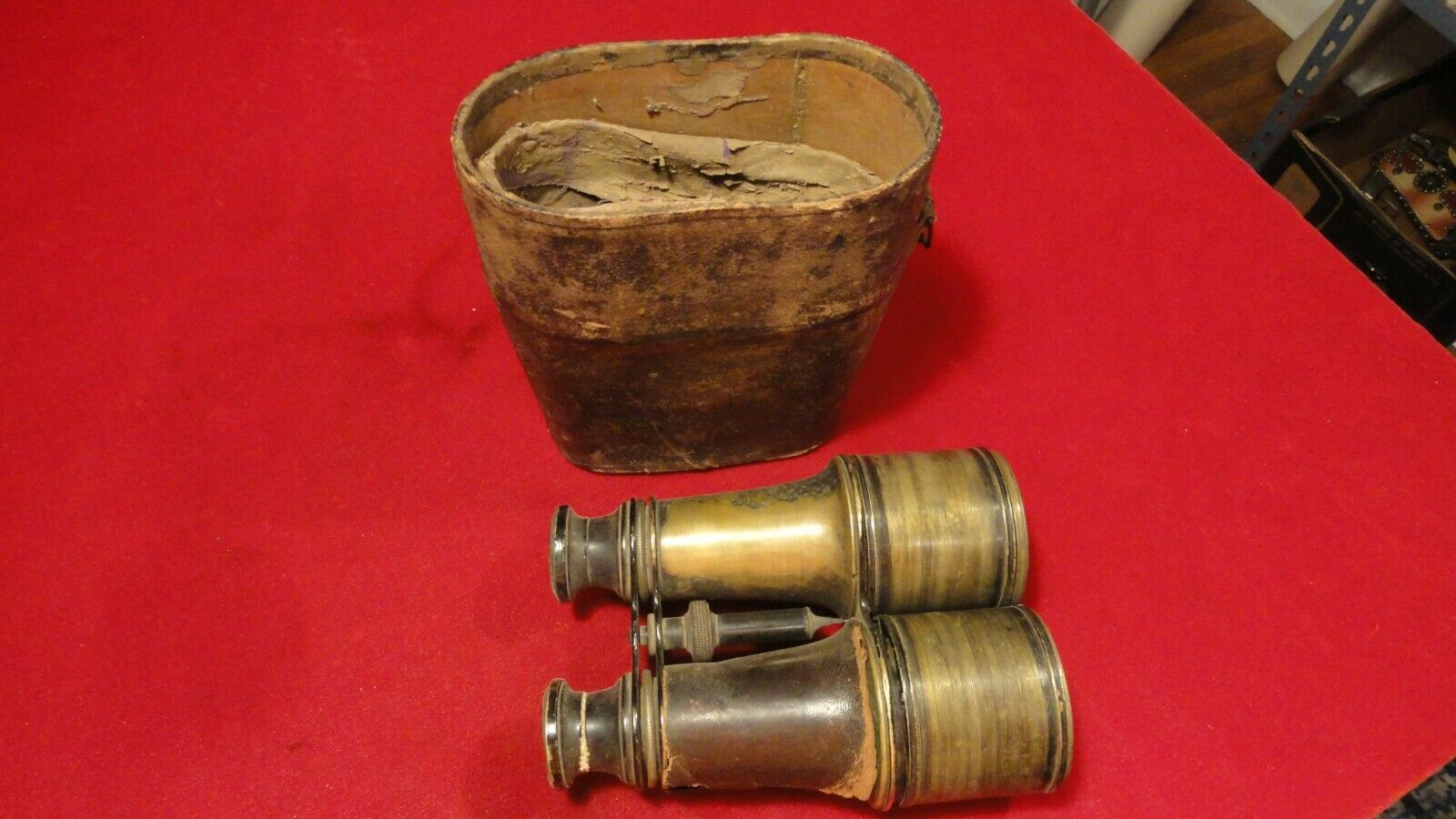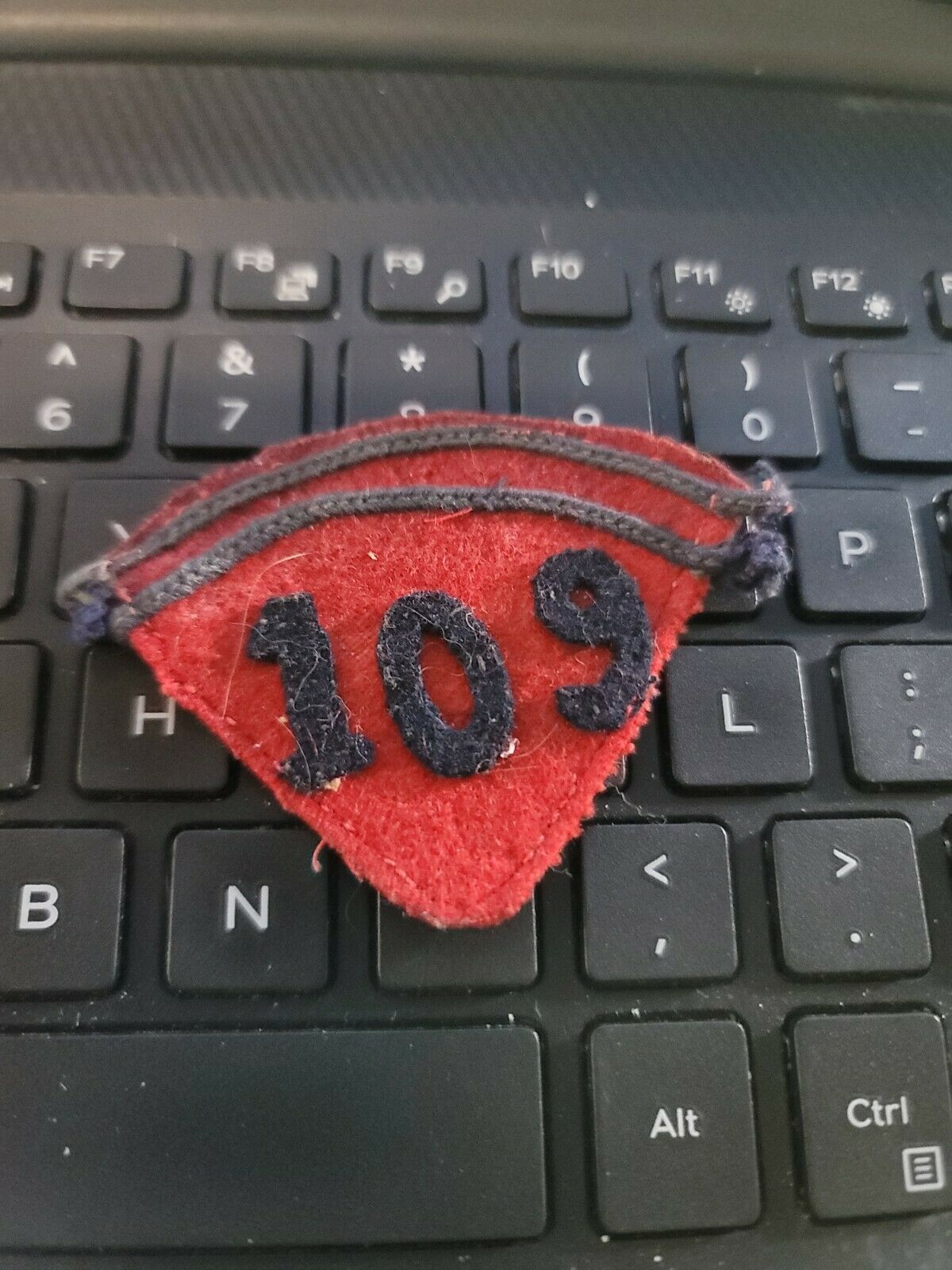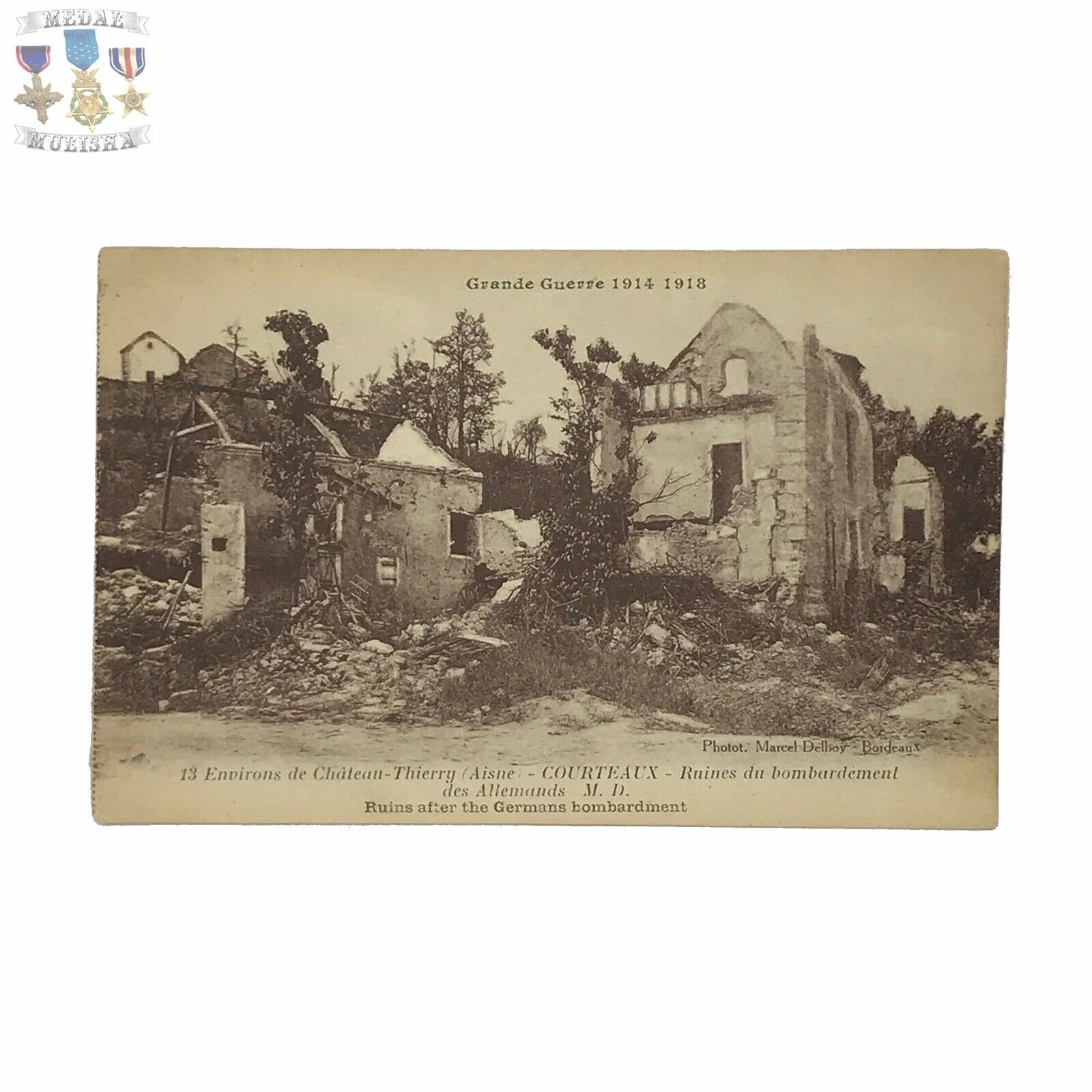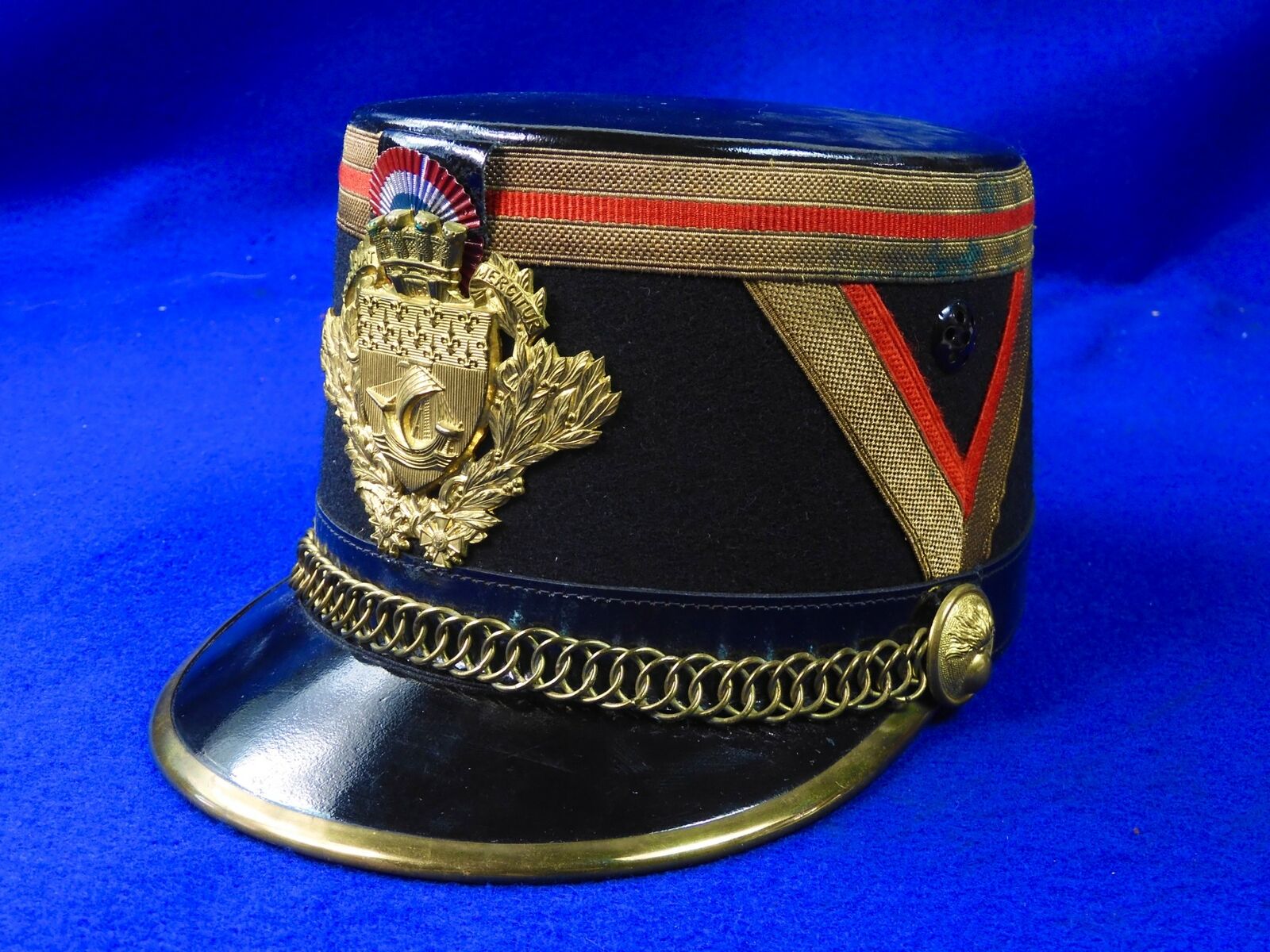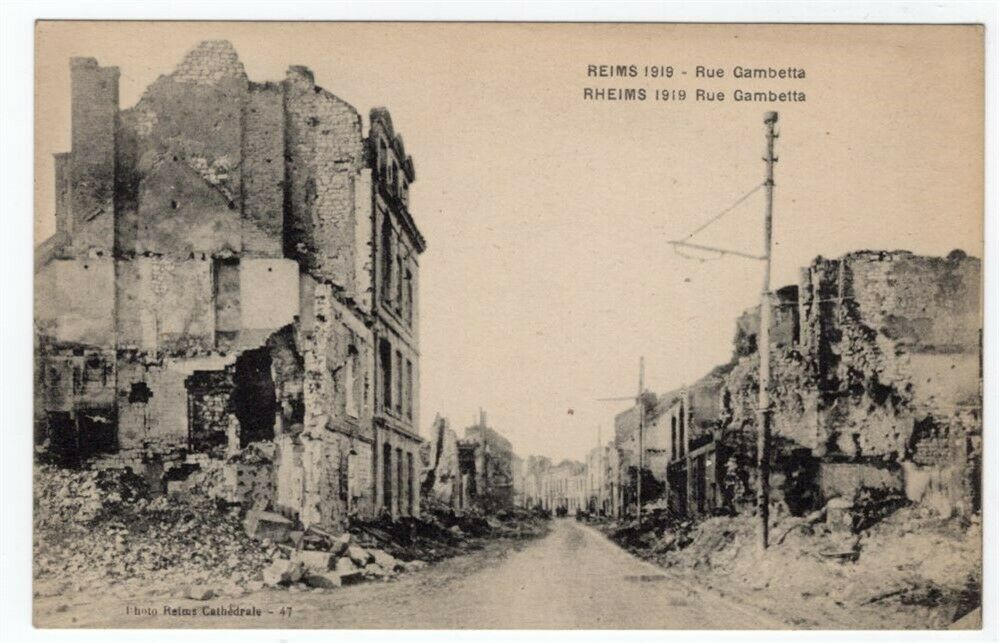-40%
WWI FRANCE 1915 -31st Cuirassiers Regt Collar Patch--PLEASE SEE STORE WW1 MEDALS
$ 36.95
- Description
- Size Guide
Description
WE SHIP WORLDWIDE 14 EUROPLEASE FOLLOW OUR E BAY STORE
SEE ALL PICS
WE COMBINE SHIPPING ( no shipping fee for the second item when you buy two or more like items )
SALE
SEE OUR STORE
PLEASE READ WHOLE ADD
VERY REAL THING
PLESE LOOK AT ALL PICS -----YOU CAN SEE THE UNIT PATCH ON THE COLLAR IN ONE THE PICS ----NO YOU ARE NOT BUYING THE HORSES IN THE PIC , JUST THE PATCH
19th to 20th centuries
[
edit
]
French cuirassiers in Paris, August 1914. These regiments wore cloth-covered cuirasses and helmets during the early months of
World War I
.
[19]
Captain of Her Majesty's Lifeguard Cuirassier Regiment in winter uniform. Krasnoe Selo, Russian Empire, 1892.
Italian
corazzieri
during a public event
In 1914, the German Army still retained cuirassiers (ten regiments including the
Gardes du Corps
and the
Guards Cuirassiers
); as did the French (twelve regiments) and the Russian (four regiments, all of the Imperial Guard) armies. The Austrians had dispensed with breastplates in 1860
[20]
and formally abolished the twelve
[21]
Kuirassier
regiments as the
heavy cavalry
branch of their army in 1868.
[22]
Influenced by the French example, the Belgian Army created two regiments of cuirassiers in 1830. For reasons of economy they were converted to lancers in 1863.
[23]
By the end of the 19th century, the German and Russian cuirassiers used the breastplates only as part of their peacetime parade dress,
[24]
but the French regiments still wore the cuirass and plumed helmet (both with cloth covers) on active service during the first weeks of World War I. Amongst ceremonial units the Spanish
Escolta Real
(Royal Escort) Squadron,
[25]
the Argentinian Presidential Bodyguard,
[26]
and the Italian Cuirassier (
Corazzieri
) Corps
[27]
all wore cuirasses as part of their mounted full dress during the early years of the 20th century.
The retention of cuirasses as part of their field uniform by the French Army in 1914 reflected the historic prestige of this branch of the cavalry, dating back through the
Franco-Prussian War
to the campaigns of Napoleon. Before the war, it had been argued within the army that the cuirass should be limited to parade dress but upon mobilisation in 1914 the only concession made to active service was the addition of a cover of brown or blue cloth
[28]
over the shining steel and brass of the metal equipment to make the wearer less visible.
[29]
Within a few weeks, most French regiments stopped wearing the cuirass, as it served no real purpose in this new war. It was not however formally withdrawn until October 1915.
[30]
The Russian and German cuirassiers ceased to exist when the Imperial armies in both countries were disbanded; respectively in 1917 (due to the
revolution
) and in 1918 (due to the
Treaty of Versailles
). The French cuirassiers continued in existence after World War I, although without their traditional armour and reduced in numbers to only the six regiments that had been most decorated during the war. Five of these units had achieved their distinctions serving as "cuirassiers
à pied
" or dismounted cavalry in the trenches. The surviving cuirassier regiments were amongst the first mounted cavalry in the French Army to be mechanised during the 1930s. One cuirassier regiment still forms part of the French Arm
Cuirassiers:
1914 - 12 regts cuirassiers, organised into 2 brigades of 2 regts serving in the 1e, 3e, 4e, 6e 7e & 9e cav. div's.
- from Nov '14 each cav. brigade formed a Light Group of several squadrons drawn from its constituent regts & attached cyclists. These were in fact infantry units; those drawn from cuirassiers were called "cuirassiers a pied". From 1916, 6 mounted regts (4e,5e,8e,9e,11e,12e) were formally organised as infantry.
Dragoons: 32 regts employed in different cav. div's; also organised into brigades of 2 regts, forming a div. with either a brigade of cuirassiers or a 2nd brig. of dragoons (2e,5e,8e & 10e div's).
Chasseurs a cheval: 21 regt's, forming part of the light cavalry arm. The light brig. in each of the 2e to 8e cav. div's; 2e to 5e had 2 chasseur regt's, those of 6e to 8e had a regt of chasseurs and a regt of hussars. The remaining retgs were largely dispersed and served as corps or div. cavalry. Where possible the four pre-war regular squadrons formed the corps of cav., whilst the 5e & 6e squadrons (formed from reservists on mobilisation) were div. cav. reserve squadrons of those light regts serving in cav. div's functioned as div. cav. with reserve & territorial div's (!).
Hussars: The 14 hussar regts formed the other element of light cav. 3e & 4e cav. div's eahc had alight cav. brigade of 2 regts of hussars; the remainder served as div. or corps cav.
